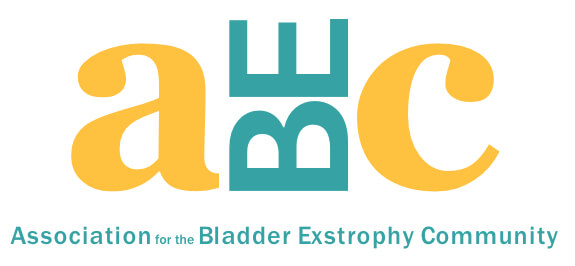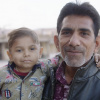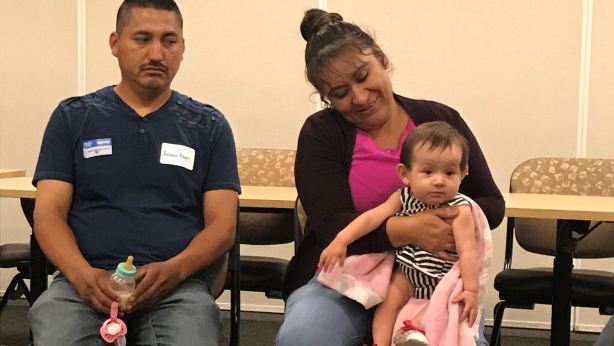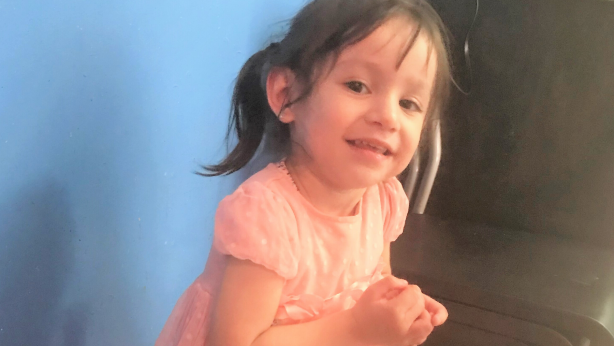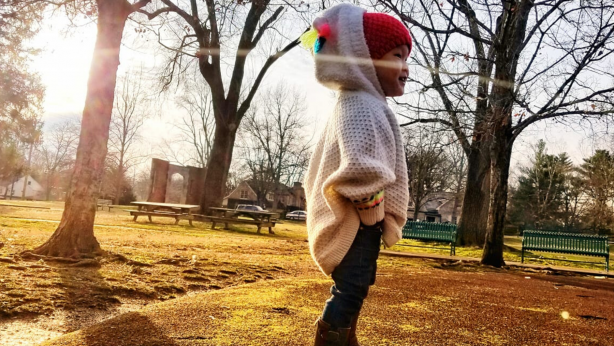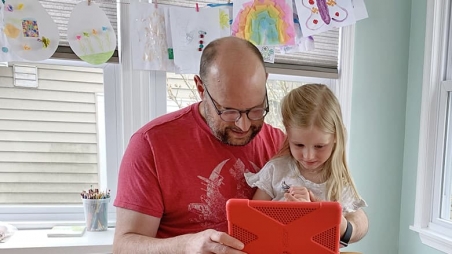
CHOP – Thoughts on COVID-19 Crisis
On March 5, three of us were in a popular Philadelphia restaurant. The room was packed. Lines of people waited at the bar. Every table was full. Numerous waiters buzzed in and out of the back rooms carrying appetizers, drinks, and entrees, big smiles on their faces. Just a week later, on March 12, the same three of us were in the same restaurant. The room was empty. Our three made up 50% of the clientele. That’s when we realized how profoundly this virus would affect us.
Our team at the Children’s Hospital of Philadelphia (CHOP), like the rest of the United States, spent much of the next two weeks learning what we could about the biology of the virus. Our partner Greg Tasian went to work on modeling the pandemic based on wet-bulb temperature and location. His work in the epidemiology of stone disease was helpful to COVID teams trying to refine the duration and shape of prevalence curves, and help predict resurgence. We had a steady stream of information from Greg and others through urology team and institutional emails and virtual meetings.
We solve problems best when we “begin with the baby and work out from there”. Following this approach, our first goal was to keep the children and their families safe. We cleared the clinics and the operating rooms of all but children suffering from cancer, infection, trauma, testicular torsion, obstruction and stone disease.
Like our colleagues across the country, we opened up video visits. Before March 15, we are ashamed to admit that we had completed just 45 video visits over the previous three years. By April 27, we had accomplished 1300 visits. These volumes continue to accelerate. The number of patients that we previously thought “must” be seen in-person that were no longer in that category surprised us.
At first, we were concerned that families would be less satisfied with video visits. We missed the in person interaction and the ability to examine the child, particularly for diagnoses like cryptorchidism, hernias, hydroceles, and other genital anomalies. However, many families were grateful to avoid the hospital. We found that we could manage certain diagnoses such as antenatal hydronephrosis, dysfunctional voiding and urinary tract infections well with video. We even found that we were able to schedule surgeries, even major surgeries, through telemedicine. The video platform provided flexibility in scheduling at odd hours. This meant that our follow-ups could be more frequent. We predict that video visits will provide a robust tool going forward that freely connects us with children and their families, particularly those who would otherwise travel.
In parallel with maintaining safe care for our small patients, we focused on the safety of our team of clinicians and administrators who are so essential to our mission. With 11 attendings and 20 advanced practice providers as well as fellows, residents and medical students on our service, our first job was to protect our force by exposing them as little as possible to the hospital. We transitioned to a “weekend” block call schedule for the residents/fellows that now included the workweek to minimize exposure of residents, fellows and patients. When not on call, the residents remained home but available for advice/case discussion by phone or video. Residents on-call avoided trips back to the hospital once they left as consults that were non-urgent were bundled until the next morning. Hospital rounds involved the on-call attending/resident/fellow team only. No more huddling around a single computer screen. We began wearing masks. In most cases, only one person entered the patient’s room. Multi specialty conferences and resident/fellow education still occurred weekly, but we now did them virtually and with surprising ease and success.
Each member of our team, whether attending, fellow, resident, medical student, advanced practice provider, academic coordinator, outpatient coordinator, surgical coordinator, medical assistant, biller, or file room coordinator has a unique series of physical, financial and emotional challenges as we move through this global crisis. We tried to provide accurate information frequently with bi-weekly meetings to our administrative staff and clinical staff that would be useful both at work and at home. In the first weeks, we had a series of hospital “town meetings” that helped people prepare emotionally for this long haul. We had some “Zoom parties”, and virtual get-together events that were surprisingly successful. We also tried to have an individual facetime or phone meeting with each of our team at least once a week to “check in” (early on this was often daily) and make sure that people were healthy and managing at home. In the early weeks, this included setting up the ability to work with minimal exposure from home. Later these helped to plan for the reemergence of the clinics and operating rooms.
The reopening of the clinics and operating rooms is ongoing. If we presume that demand for our skills persists at a pre COVID level, we estimate that CHOP surgeons will be more than 4000 cases behind by June 1. Because so many unserved children are waiting, we are anxious to get back to work. But we must do it safely. We don’t know when (or if) we will achieve our pre-COVID levels of throughput in the operating rooms. And we don’t know when or whether parents will feel safe to begin bringing their children back in for the surgery that we would have performed in March and April. We will have to learn this on the fly.
We are grateful for our pediatric urology colleagues across the country who happily shared solutions that worked for them, many of which we adopted. It is a privilege for us to call friends at our sister hospitals across the country to hear of your struggle and subsequent success and to share ours. This helps us and emphasizes the importance of working together to solve both clinical and administrative problems. One of our next challenges will be to determine how best to conduct effective annual meetings with social distancing and video. In the process, we need to maintain contact with friends we have enjoyed through the years.
In conclusion, we have been amazed at our ability as humans to pivot as our reality changed. We have learned about and adapted to this “new normal.” The outpouring of volunteerism that I have seen on our team has been impressive. Many have placed themselves at risk to perform testing or to counsel those in need. We have witnessed acts of kindness by members of our team and others that astounds us and increases our respect for each member of our team and their families.
At the end of the day, we are lucky to have plenty of rewarding work, which will continue.
Douglas A. Canning
Division Chief Urology
The Children’s Hospital of Urology
Thomas F. Kolon
Associate Chief, Division of Urology
The Children’s Hospital of Philadelphia
